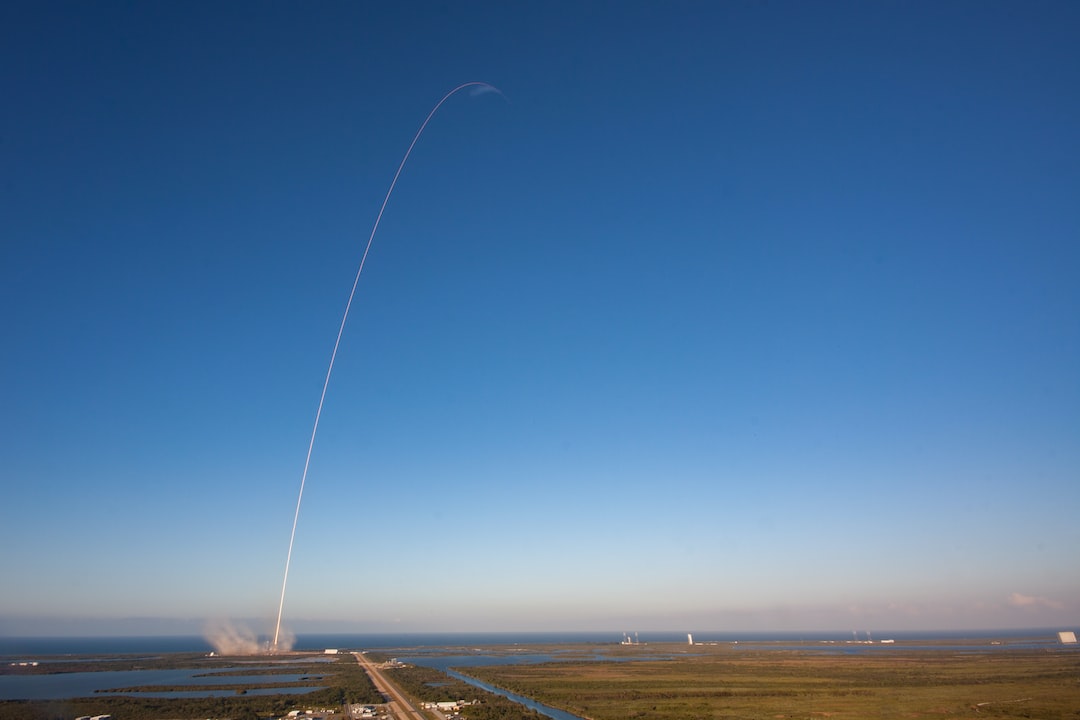We appreciate you for visiting to check out this article on WPHorde Testing Grounds! We’re delighted to have you with us and appreciate your time and effort and curiosity in our writing. Your support is important to us, and we trust you discovered this story both captivating and pleasurable. Be sure to browse more of our stories—we’re sure you’ll find content that piques your curiosity. Again, thanks for being part of the WPHorde Testing Grounds audience!
Achieving a spacecraft to orbit is a significant accomplishment. This complex process demands thorough knowledge, accurate engineering, and substantial resources, therefore many aerospace companies still struggle to accomplish this goal. Virgin Spacecraft offers a captivating case. This organization has endured multiple challenges in their quest to develop a trustworthy, reusable spacecraft. One of their most devastating accidents occurred in 2014 during a test flight. The craft broke apart mid-air, resulting in the death of one pilot and critically injuring another.
Another case worth noting is Boeing’s Starliner. Designed to transport astronauts to the International Space Station, the Starliner experienced issues during its first unmanned trial flight in December 2019. An onboard timing error resulted in the spacecraft burning too much fuel, stopping it from reaching the global space station as planned. The Starliner had to come back to Earth without finishing its mission, marking a major setback for Boeing.
But, Regarding SpaceX, they have successfully launched numerous of vehicles into orbit, acquiring precious experience along the way. However, the company’s latest goal of launching Starship into orbit is bringing new challenges.
When we talk about ‘reaching space’ and ‘getting to orbit’, we mean two different things. There’s a line, called the Karman line, about 100 kilometers up from the ground. When a spaceship gets to this line, we say it’s in space. If it goes up to space and then comes back down without circling the Earth, we call this a ‘suborbital flight.
But to get into ‘orbit’, which means to go around the Earth, the spaceship has to go even higher, above 200 kilometers. Once there, it has to go super fast, at least 28,000 kilometers per hour, to keep circling the Earth without falling back down. This is called ‘being in orbit’.
Keywords:-
second starship launch, Starship booster hot staging, Starship water deluge system, water deluge system taste, spacex water deluge system, Spacex Starship launch,Spacex super heavy launch,spacex super heavyrocket,Super Heavy booster,Super Heavy booster engine fire,spacex fire test,super heavy engine fire test
This post was originally published on Smell The Musk
YTRankBoost – Rank Your YouTube Videos Higher with Backlinks.
Are you trying to get your YouTube videos noticed in the online market? You should look no further than YTRankBoost! Our powerful automation tool can help skyrocket your videos to the top spots of search engines by generating hundreds of backlinks and embedded links. The best part? YTRankBoost is incredibly easy to use. Simply paste in the URL of your video and watch as your rankings increase, bringing more viewers to your site. Don’t fall behind in the competitive market of online video. Try YTRankBoost today and witness the results for yourself!
